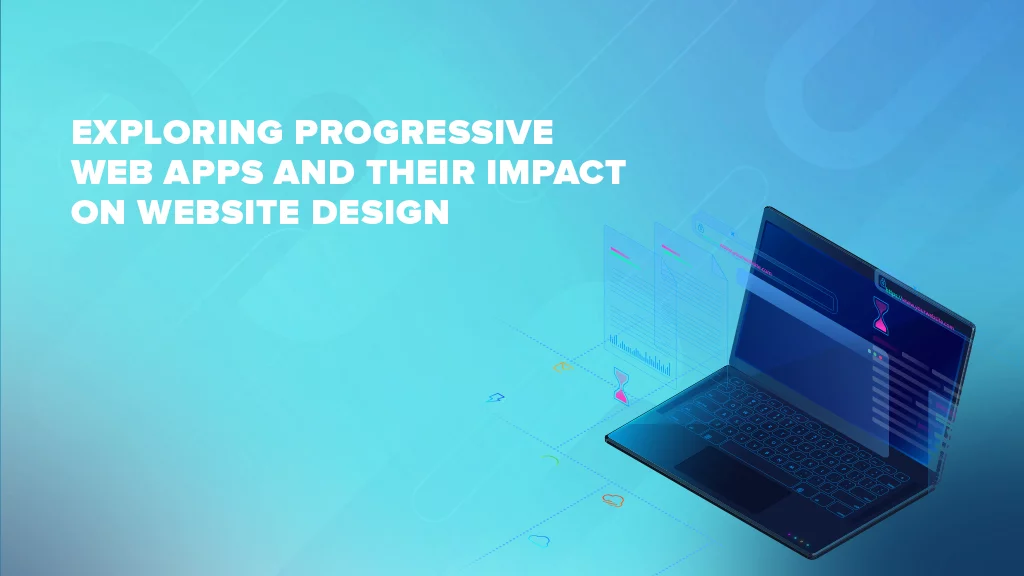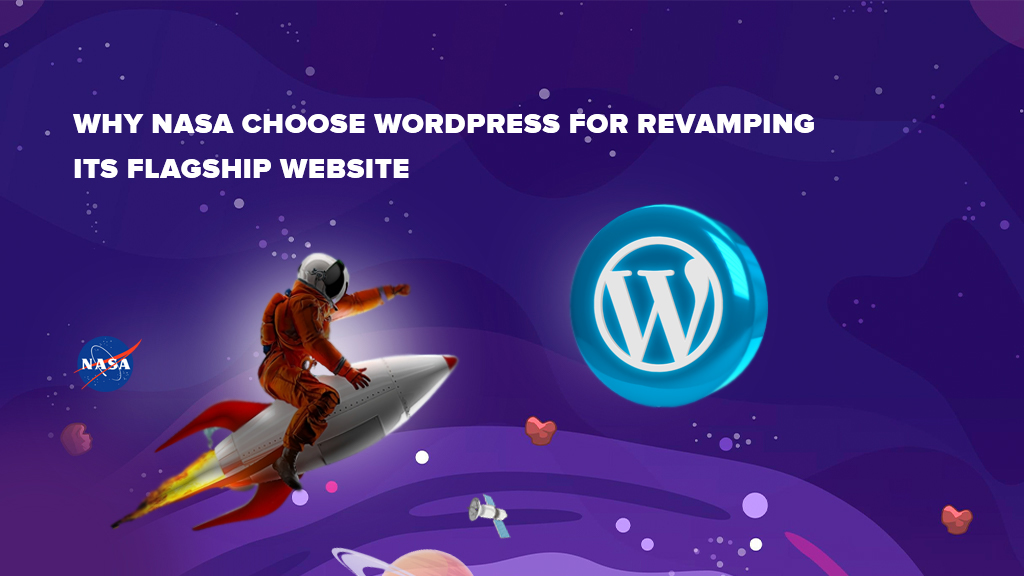Web Design with Artificial Intelligence: Applications and Opportunities
In the rapidly evolving landscape of technology, AI is emerging as a powerful tool that has the potential to revolutionize web design and user experiences. According to a Forbes report, a staggering 84 percent of business owners acknowledge AI’s potential to secure a competitive advantage.
In essence, AI’s transformative potential extends to web design, offering practical applications that industry giants like Amazon, Google, and other tech leaders leverage to deliver intelligent and data-driven web applications. The traditional methods of website development are no longer as effective in meeting the heightened expectations of users. Consequently, businesses and developers are increasingly turning to AI for support.
Gone are the days of painstakingly aligning websites with buyer preferences—artificial Intelligence steps in to automate this intricate process. AI algorithms guide the selection of colors, themes, and designs, crafting websites tailored to user needs. However, this doesn’t render programmers obsolete; instead, it streamlines the process, making it more efficient.
Cloud infrastructure underpins most web applications today, making AI engineering customizable for businesses, and enabling swift access to actionable insights. This has the added benefit of simplifying tool accessibility for less tech-savvy employees, fostering a more inclusive work environment.
It seamlessly merges with work platforms, mobile apps, and chat applications. Meetings are effortlessly recorded and transcribed, while machine learning generates themes, influences, main factors, and texts. The implications go beyond productivity gains; they extend to time-saving measures by automating tasks such as content creation, meeting transcription, and more.
What does the future shaped by AI-infused web design look like?
Revolutionizing User Interaction through AI
AI’s influence on web design extends to user experience, redefining how interfaces engage with visitors. Modern AI interventions empower designers to create interfaces that are dynamic, engaging, and profoundly human-like. Chatbots exemplify this transformation, becoming ubiquitous across websites and applications, delivering meaningful and contextually relevant interactions.
The financial impact of AI-powered chatbots is undeniable, projected to save online businesses a staggering $8 billion by 2022. These chatbots have reshaped the traditional fabric of web design and communication, replacing pre-programmed responses with dynamic conversations enabled by advanced natural language processing systems.
Industries across the spectrum are embracing AI chatbots, with real estate, travel, and education leading the way. Gartner forecasts that 85 percent of customer interactions will involve AI chatbots by 2020, and by 2023, these chatbots are expected to save a cumulative 2.3 billion hours for businesses and consumers alike.
AI’s impact extends to enhancing user interfaces through deep learning and adaptive AI. Design decisions are made autonomously, with AI understanding design principles through training and observation. This results in functional and appealing web designs without the need for human intervention. Platforms like Wix utilize AI to create unique design interfaces, learning and adapting based on user needs and interactions.
Personalization and Recommendations with AI
AI excels in personalizing web experiences. It analyzes data, seeks feedback, and corrects web development flaws. Users are offered tailored content, be it videos, music, or other relevant materials based on their past behaviors.
Product recommendations powered by AI use social proof to influence purchasing decisions, offering suggestions that align with customer preferences and search history. Netflix, a prime example, leverages AI to provide tailored content recommendations, driving 80 percent of its streaming traffic.
Adobe’s Sensei, an AI-based framework, enhances design capabilities and project delivery through intelligent features. It uncovers design opportunities, streamlines processes, and delivers relevant experiences to users, exemplifying the marriage of AI and design.
AI is employed as a Diagnostic Tool for Web Design
AI doesn’t merely enhance user experiences; it also serves as a diagnostic tool, assessing design quality, performance, and authenticity. Traditional methods like A/B testing are replaced by AI-based diagnostic tools that yield better site design outcomes. AI streamlines the creation, diagnosis, and editing of designs, reducing the need for human intervention.
AI-based testers, like Applitools, scrutinize the visual code and behavior of websites, improving aesthetics and functionality. With AI in the picture, the future of web design promises to be dynamic, responsive, and tailored to individual user needs, ushering in a new era of engaging user experiences.
Bottomline
As we stand at the crossroads of AI and web design, we’re witnessing the birth of a new era where technology blends seamlessly with creativity. The potential for innovation is boundless, as AI continually learns and adapts to user behaviors and preferences. The future holds promise—a future where web design transcends boundaries, delivering experiences that are not just functional, but profoundly resonant and enriching for users.
In this landscape of constant evolution, one thing is clear: AI is shaping the trajectory of web design, and the journey has only just begun. As businesses and designers continue to harness the power of AI, they propel us toward a world where web interactions are more intuitive, engaging, and meaningful than ever before. The canvas of AI-infused web design awaits, ready to paint a future where technology and human creativity blend seamlessly to craft digital experiences that captivate and inspire.









